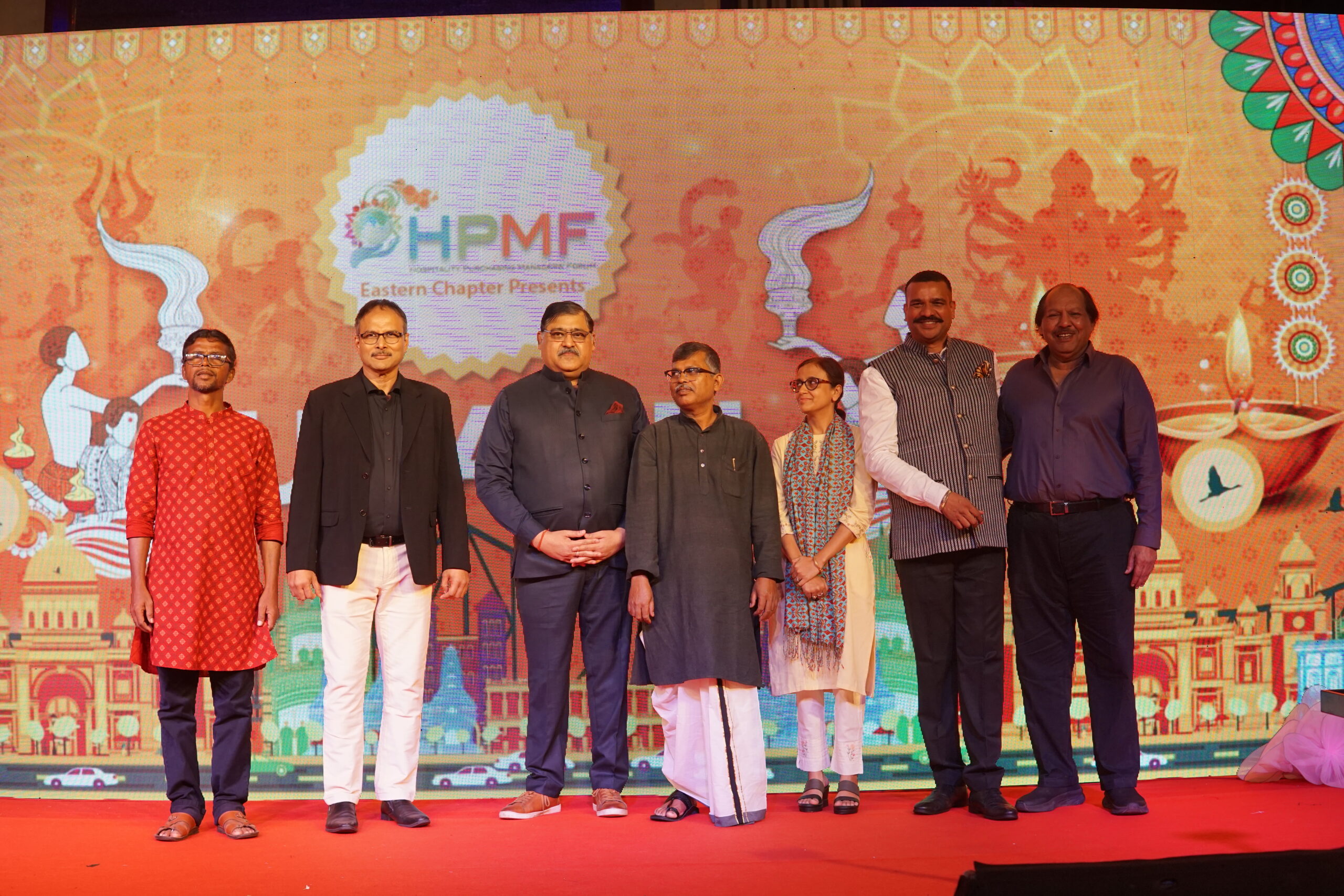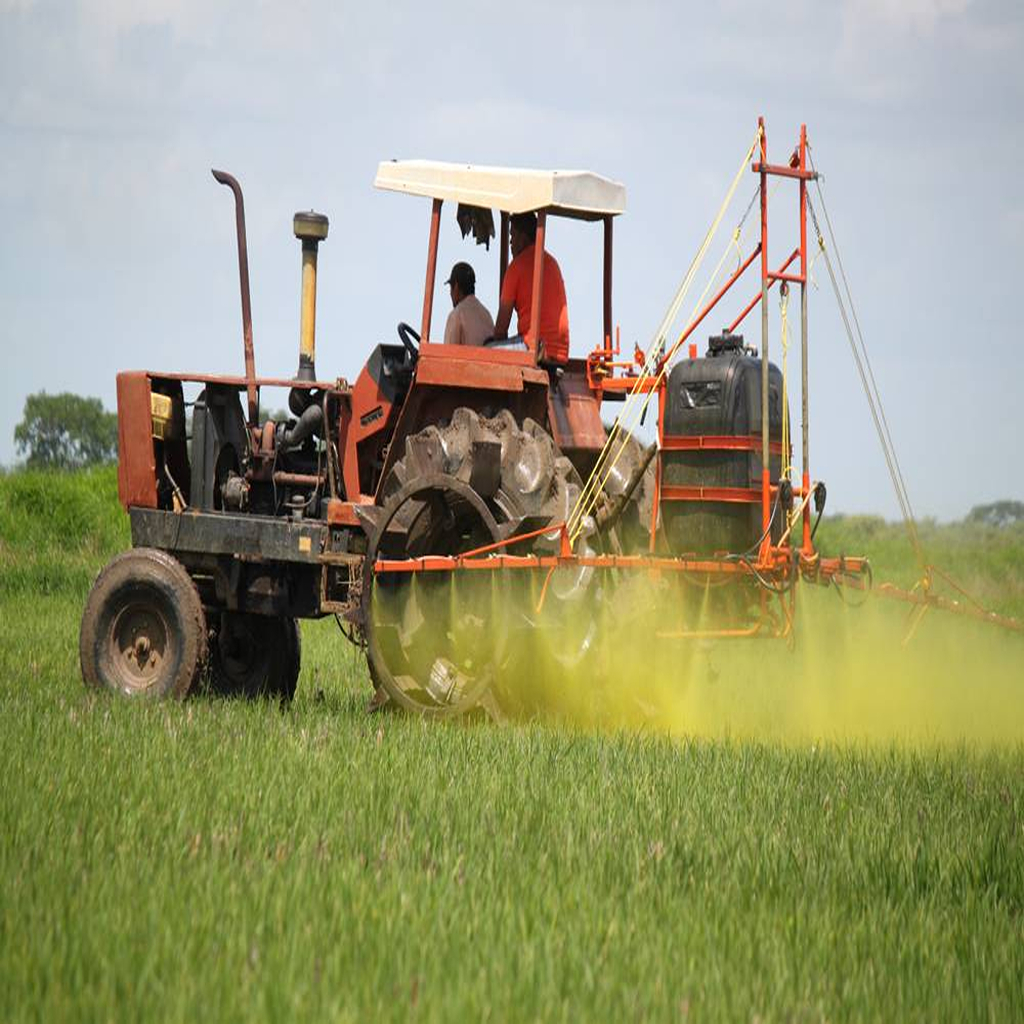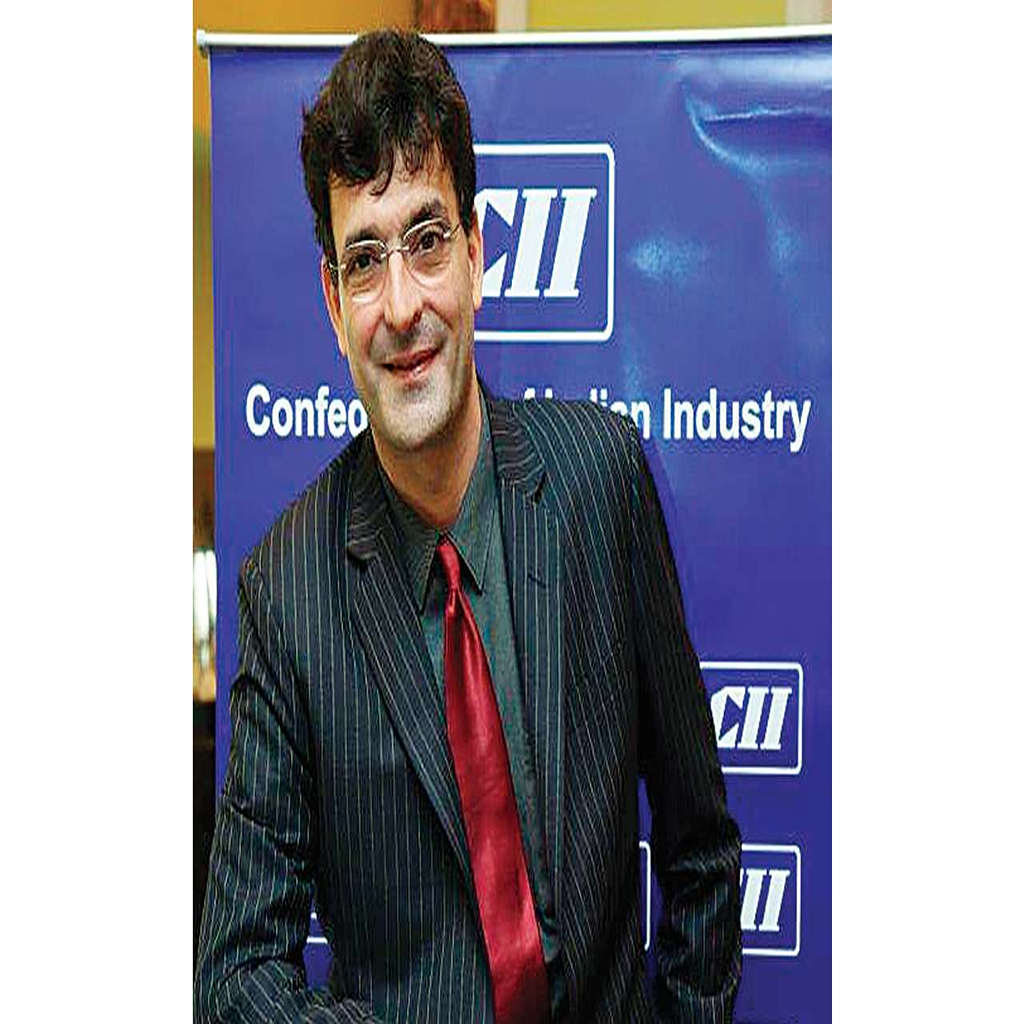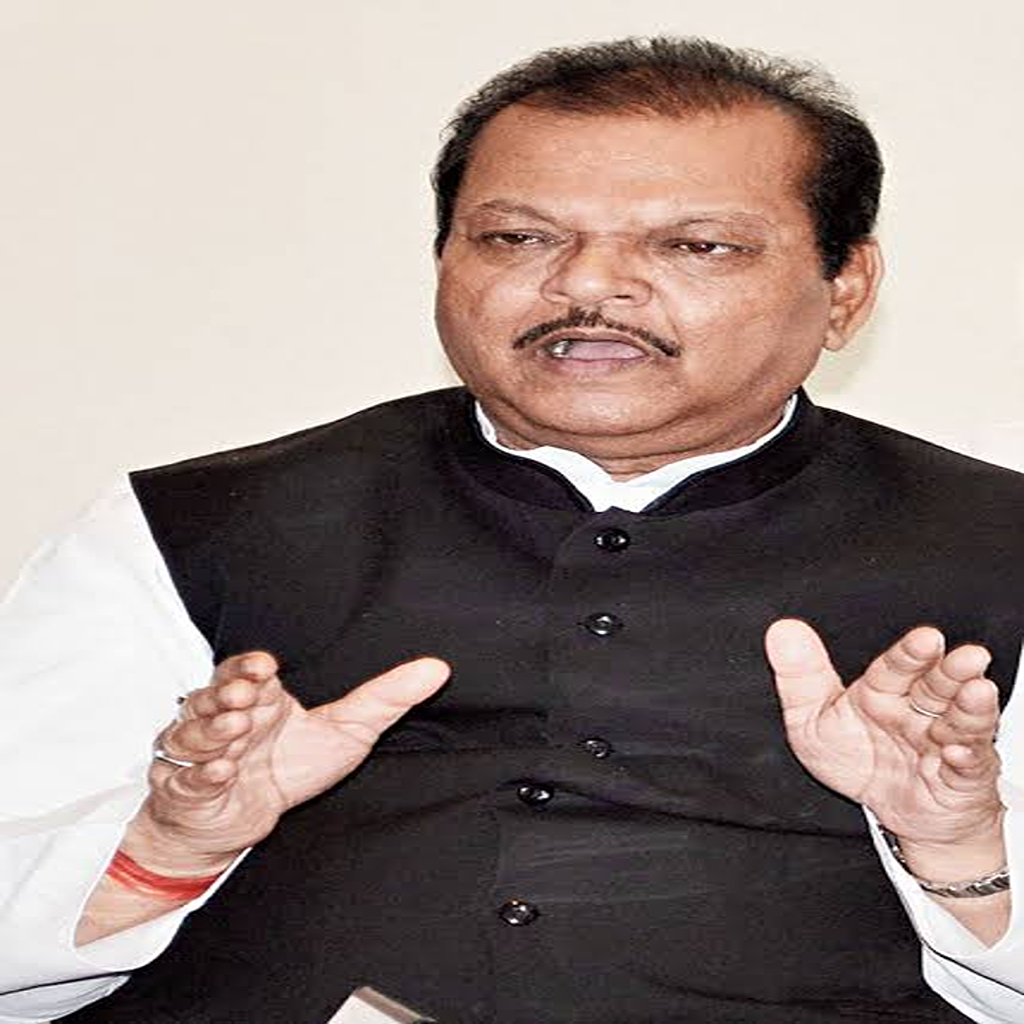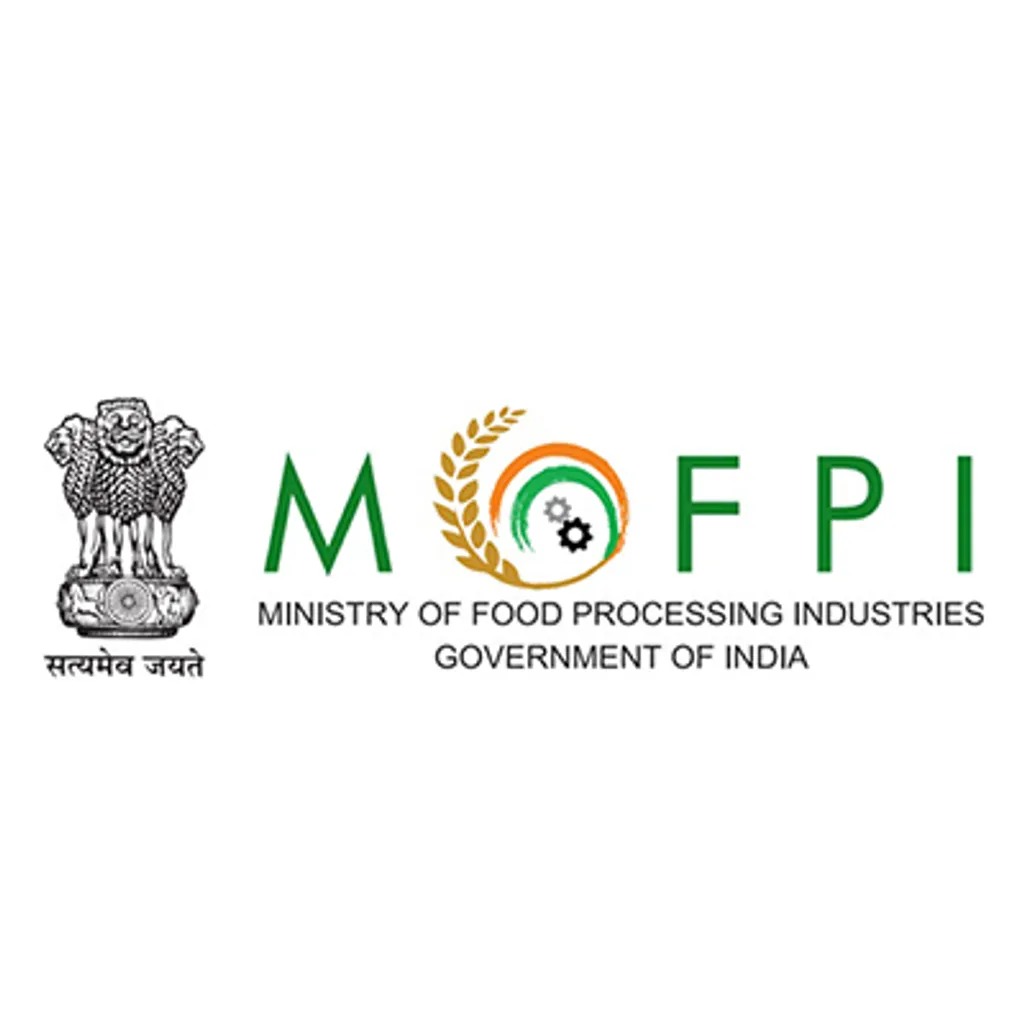
Having pioneered South Indian food under the Kamats brand, Dr. Vikram Kamat, Chairman and Founder of VITS Kamat group talks to Sumit Jha about the growth and future plans for the group, with growing number of hotels under the VITS Hotels brand and the Kamats Legacy.
In a short span of time, Kamats Legacy has created a niche for itself. What initiated this project? What makes this project unique and special?
Being the leaders in authentic South Indian food under our brands, we realised that there was so much more to offer in this cuisine that we were unable to do with our well-recognised brand, Kamats. And hence, we realised the need for a premium, authentic brand focused on pure vegetarian Indian food from five states.
Tell us about the future plans for the Kamats Legacy.
We are already growing with numerous outlets. Already using a network of hotels where Kamats are there, like Dwarka, Somnath, Surat, Silvassa, etc., where up-market Kamats have been there since before Legacy. We introduced those menus to the NFC and got amazing responses. Of course, being older outlets, we could not manage the full dining experience, but we will be planning that as well. Brand new legacies are coming across Mumbai and Pune in the next 8 to 12 months.
What is the model right now – self-operated or franchise? How would this legacy go forward, and to which places in India? Are there plans to go international?
Presently, all these outlets are company-owned and operated. As the pioneers of franchising, we have already made the module for franchising, which we are using for some markets, especially international markets, where we have received tremendous responses. We are also looking at some sort of joint venture model for the USA, Canada, etc.
Given your inclination towards authenticity, tell us about the unique packaging that you have introduced.
We already spend a substantial amount on research and development with our own RND team, where we have come up with numerous manpower-saving and design improvements techniques to make South Indian food faster and easier with less skilled manpower. Similarly, in order to crack the delivery problems associated with South Indian, despite South Indian being one of the top items for eating at home, logistics and food not reaching in pristine condition were the major challenges that we solved with our design innovations like the Dosa box.
How has the hospitality business been for your organization? Tell us about the group in numbers.
Across the group, we have over 35 standalone restaurants.
21 hotels are operational, and 9 are yet to open.
Over 1200 rooms
And 2500 covers
Total employees across the chain: over 3000
How have you managed to keep your manpower requirements under control? Is there a need for specialised institutions to ensure a quality workforce? What steps have you taken in this direction?
People keep complaining admi nahin milta, admi nahin milta. You have to create your own army, not borrow someone else’s. Manpower is a critical function for our industry and our business in particular. What we have done is change our systems and processes so that we can make ordinary people extraordinary through small, simple trainings that add the X factor to them. We have also made our own skill academy, which is the KHAS-Kamats Hospitality Academy of Skill, which has India’s only earn-and-learn program for hospitality, where you can complete your 12th or graduation while earning 7,000 and 16,000 per month, respectively. Then the students get the benefit of being able to join our management in any program and build careers from there.
What are the future plans for your hotel operations? What are the growth areas?
Hotels continue to grow for us, both in management and in lease functions. We continue to add at least six hotels per year, which we should increase in the coming years.
Kamats is a brand that has seen tremendous growth and is one of the most reliable names for those on the roads. How have you seen the brand evolve, and what is in store for the future?
Yes, as they say, changes are the only constant, and with time you would have seen it change in the Carmas Interiors service formats and, to some extent, additional products and services, but what has not changed at all is what Kama stands for, which is hot, healthy, and hygienic food that can be eaten for a healthy lifestyle.
Over the last couple of years, there has been unprecedented growth in the hospitality business and also in the number of hotels that are opening up or planned to be opened. Where do you see the Indian hospitality industry in the next 10 years? What must the industry and its players be cautious about?
The hotel industry will continue to grow because the market is so underserved, and the main challenges that will remain in India are the cost of capital and money. Of course, overregulation and compliance are subject to hotels and restaurants as a whole.


